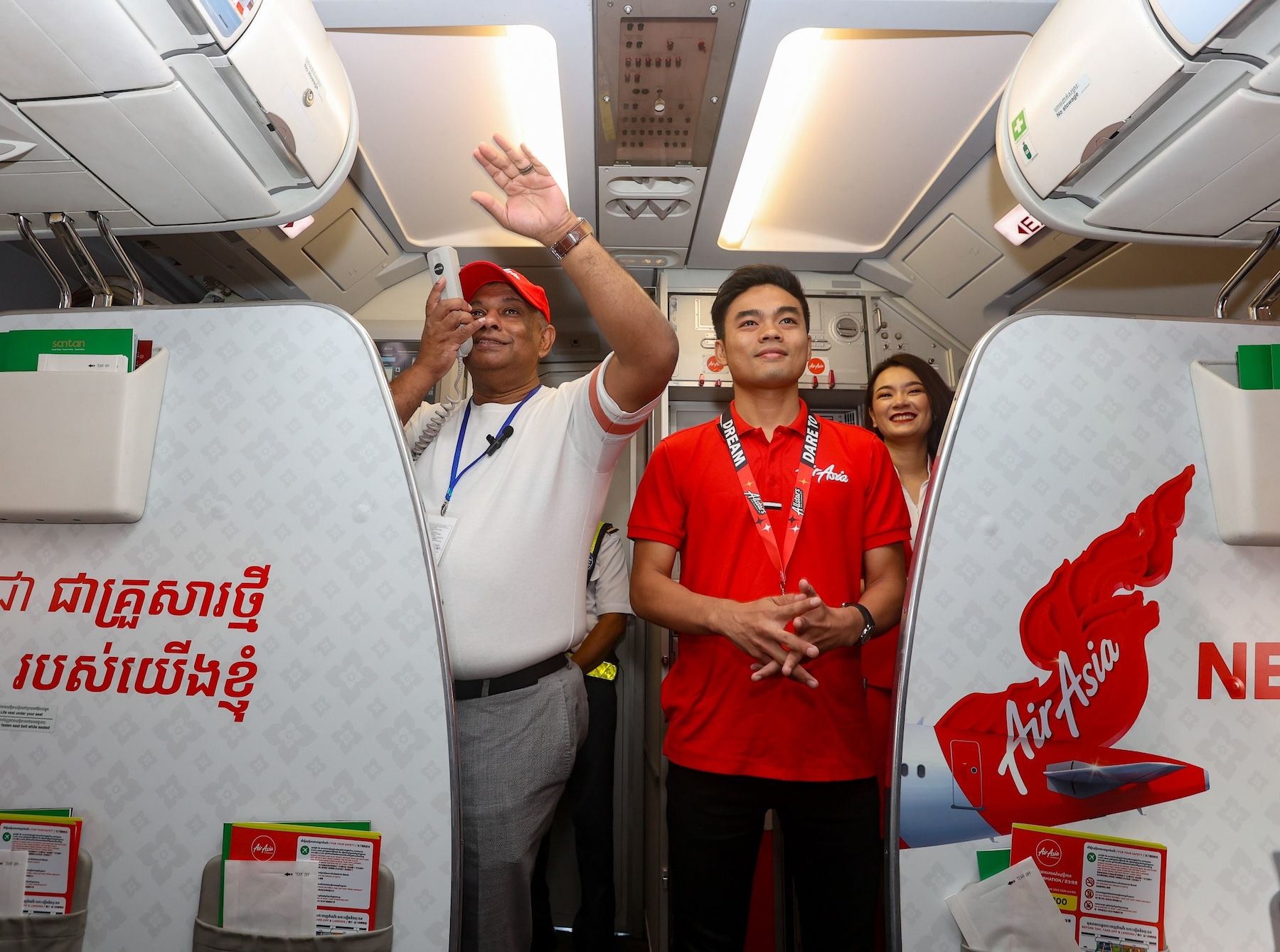
Emirates Refreshes Amenity Kits for Summer Season
This week Emirates has announced a new collection of Bulgari branded amenity kits for both first and business class passengers…

A Boeing 737-800 and the ATC tower at London Stansted Airport (Photo: NATS Press Office)
The European Aviation Safety Agency’s (EASA) approach to safety promotion was fully revamped in 2015. For every year since the agency has reviewed and improved its strategic plan. With the release of the Rulemaking and Safety Promotion Program 2017, for the first time, efficiency is made measurable in comparison to the baseline of 2015. Where the average time for rulemaking used to be 3.6 years, it has now already been brought back to 3.1 years, and new tasks are further reduced to 2.2 years.
In April and May of 2016, EASA consulted its stakeholders and determined their safety risk management approach. Together they built the basis for what has become the main drivers of the program, which are safety, environment, efficiency, and a level playing field. Every rule or safety promotion has to be reviewed under those aspects.
While the core for all safety programs is ICAO Annex 19 (Safety Management), proactive systematic safety management allows companies and organizations to prevent accidents before they occur. The goal of the rulemaking and safety promotion program is to aid in this. In regard to commercial air transport aircraft, the highest risks were found in ‘loss of control’ incidents, runway excursions and incursions and terrain and obstacle conflicts.
EASA commented by saying, “Accidents involving recreational aeroplanes have led to an average of nearly 80 fatalities per year in Europe, which makes it one of the sectors of aviation with the highest yearly number of fatalities.” Following this, EASA decided to organize a workshop on GA safety to share knowledge and improve safety in this domain. The ‘General Aviation Road Map’ is key to EASA’s strategy here.
A lack of harmonized rules considering drones, or unmanned aircraft systems, results in a burdensome administrative process which prevents businesses from developing. Uniformity is required to mitigate associated risks and simplify advancement.
According to EASA, “A performance-based approach is intended to make aviation safer, more efficient and flexible. Performance-based regulations have been in existence for decades; however, no consistent and systematic approach to implementing performance based principles has been so, so far. To this end, the rule making process contains identifiers for actions with a particular focus on performance based regulations.”
Other risks and developments discussed in the program consist of cybersecurity, CO2 targets, the SESAR project, all weather operations, new technologies, and harmonization of flight rules.
AirlineGeeks.com was founded in February 2013 as a one-person blog in Washington D.C. Since then, we’ve grown to have 25+ active team members scattered across the globe. We are all here for the same reason: we love deep-diving into the fascinating realm of the airline industry.
Receive a daily dose of the airline industry's top stories along with market insights right in your inbox.

This week Emirates has announced a new collection of Bulgari branded amenity kits for both first and business class passengers…

AirAsia Cambodia started operations on Thursday with a historic inaugural flight, KT102, connecting Phnom Penh, Cambodia's capital, to Siem Reap,…

Kenya Airways (KQ) has suspended flights to Kinshasa, the capital of the Democratic Republic of the Congo (DRC). This decision was…



